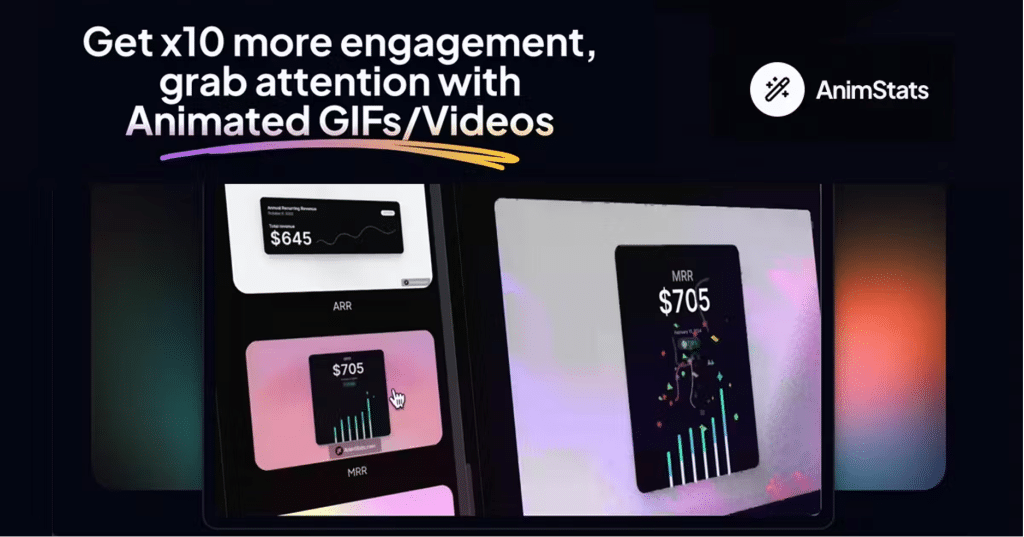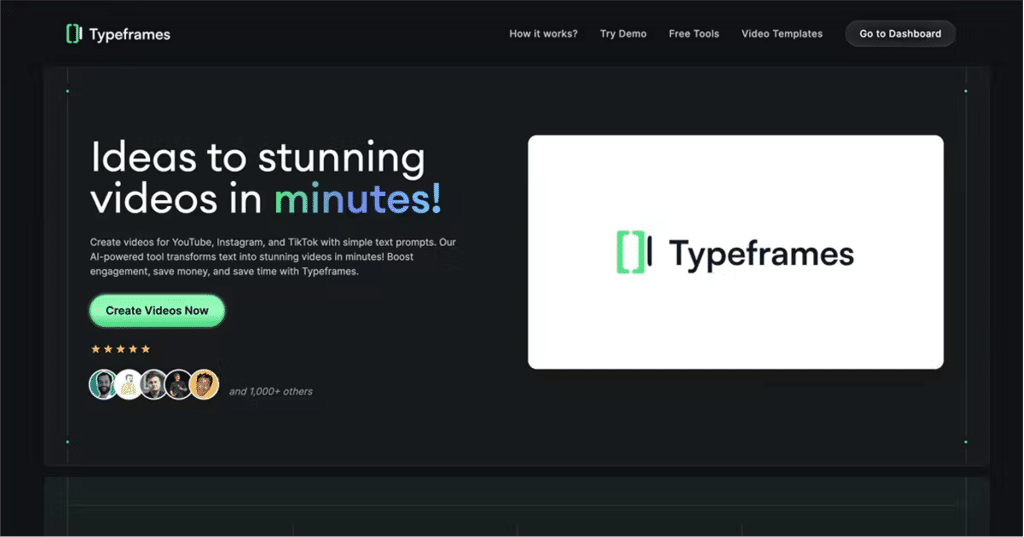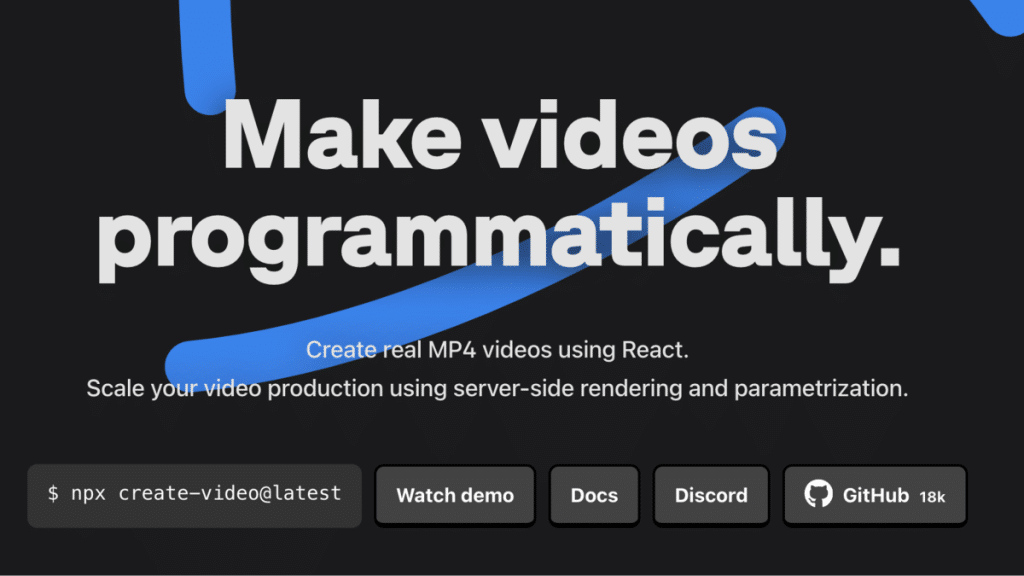Video has emerged as the dominant medium for capturing attention and driving engagement. As Twitter content creators seek to stay ahead of the curve in 2024, a new wave of AI-powered video tools is revolutionizing the way videos are made.
Among these game-changing solutions are Remotion, a framework for creating videos programmatically using React, and GPT-4, the latest iteration of OpenAI’s powerful language model.
What is Remotion?
Remotion, developed by Jonny Burger, allows users to leverage web technologies like CSS, Canvas, SVG, and WebGL to create stunning videos using code.
By harnessing the power of React’s reusable components and fast refresh capabilities, Remotion streamlines the video creation process and enables developers to create custom videos at scale.
This innovative approach has already been adopted by major companies like Spotify and Meta for generating personalized user content.
Making videos with AI?

GPT-4, on the other hand, has been making waves in the AI community for its ability to generate human-like text based on prompts.
When combined with Remotion, GPT-4 can be used to automatically generate video scripts, brainstorm ideas, and even translate content into multiple languages. This powerful combination of AI technologies has the potential to significantly reduce the time and effort required to create engaging video content.
One notable example of this synergy is a Python script created by a Reddit user, which automates the entire process of creating YouTube Shorts.
By leveraging GPT-4 to write the video script, generate a realistic voiceover, and select appropriate illustration images, the script can produce a fully edited video with just a single click.
This level of automation is a game-changer for content creators looking to scale their video production without sacrificing quality.
New AI-Powered video tools

As AI-powered video tools become more accessible, even those without advanced coding skills can take advantage of their benefits.
Typeframes, for instance, is an AI-powered tool that allows users to input text or a script and automatically generates a visually appealing video with customizable elements. This makes it easier than ever for Twitter content creators to transform their ideas into engaging video content.
However, the rise of AI-generated video content has also raised concerns about the potential for flooding social media platforms with “soulless but nice looking data mashups”. As these tools become more widely adopted, it will be crucial for content creators to strike a balance between efficiency and authenticity to maintain a genuine connection with their audience.
Conclusion
In conclusion, the combination of Remotion and GPT-4 represents a significant leap forward in AI-powered video creation.
As these technologies continue to evolve and become more accessible, Twitter content creators in 2024 and beyond will have an unprecedented opportunity to create engaging, high-quality video content at scale.
By embracing these tools while maintaining a focus on authenticity and creativity, content creators can stay ahead of the curve and captivate their audiences in exciting new ways.
